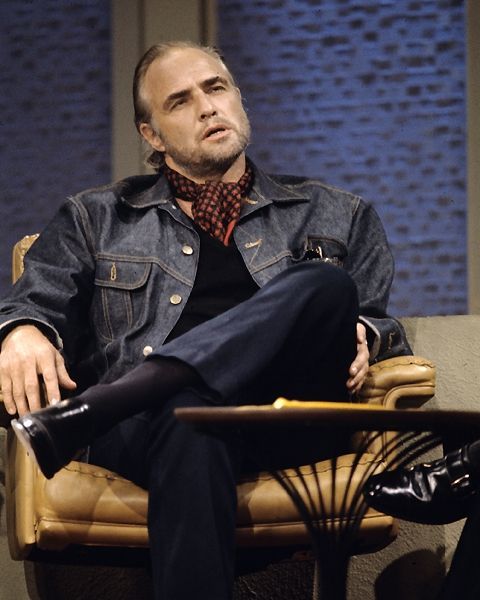In the 1960s, icons like Marilyn Monroe embraced denim jackets as a departure from traditional Hollywood glamour. Denim became synonymous with rebellion, exemplified by its adoption within the punk scene and anarchist movements. Punk artists such as the Sex Pistols and The Clash adorned their denim jackets with patches, studs, pins, and other embellishments. In 1989, with the fall of the Berlin Wall, the blue denim trucker once again carried a political message, symbolizing freedom and unity.
By the early 2000s, denim trucker jackets became emblematic of indie music culture, albeit with a preference for sharper cuts and cleaner fabrics, often paired with black skinny jeans. In the hands of designers, like Helmut Land, Jil Sander, and Margiella, the jean jacket became an aspirational piece. Jil Sanders’ interpretation, for instance, turned the Type III’s prominent V-cut into geometric parallels––the fabric the clean, raw, but slub (“slub” refers to denim fabric made with indigo warp yarn of varying thickness. This results in denim without an uneven texture). Most prominently, perhaps, it was Hedi Slimane for Saint Laurent who finalised his post-punk-aesthetics with neatly cut, ultra-skinny, distressed denim jackets, tapping into the indie culture of band roadies and underground clubs.


